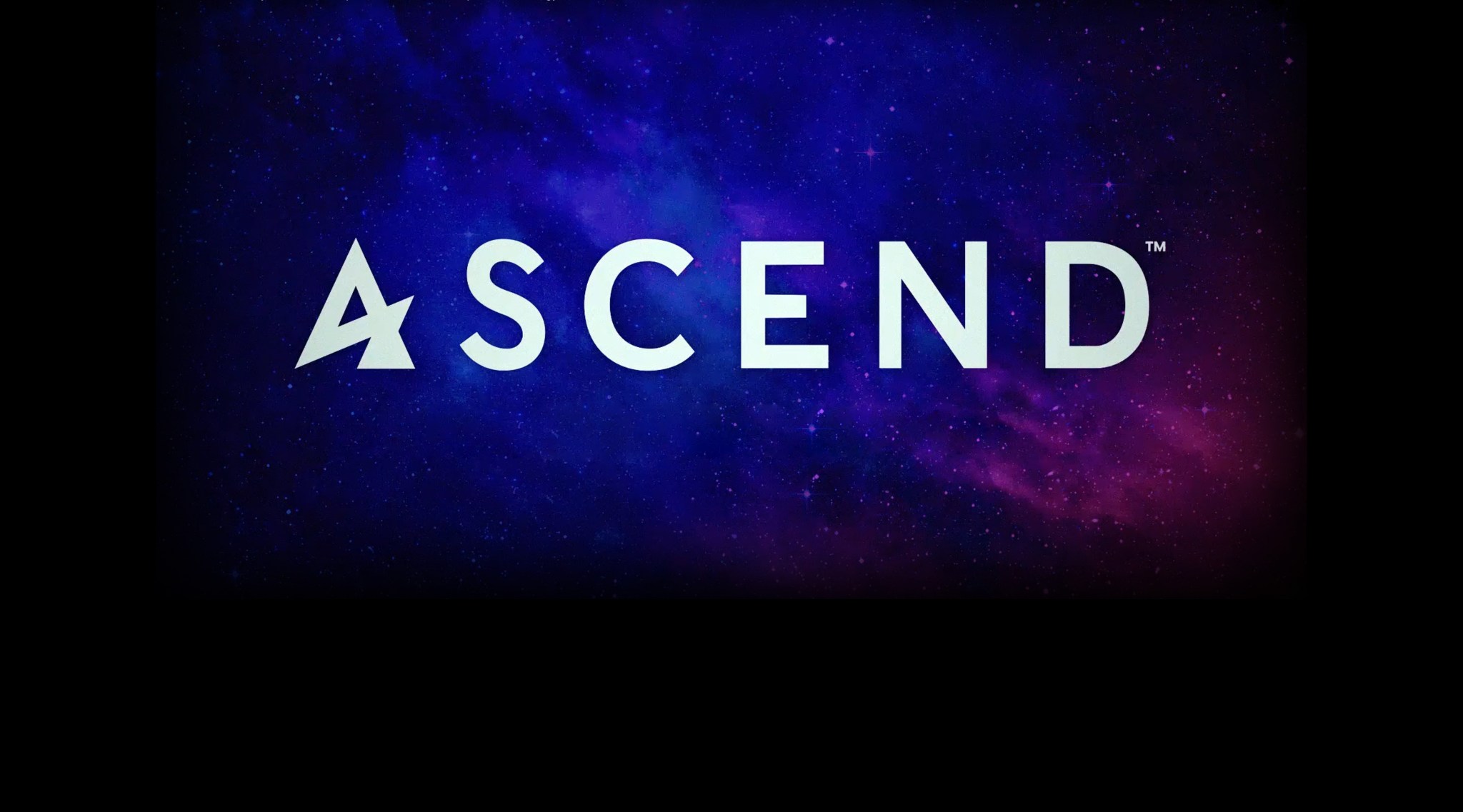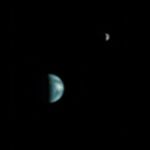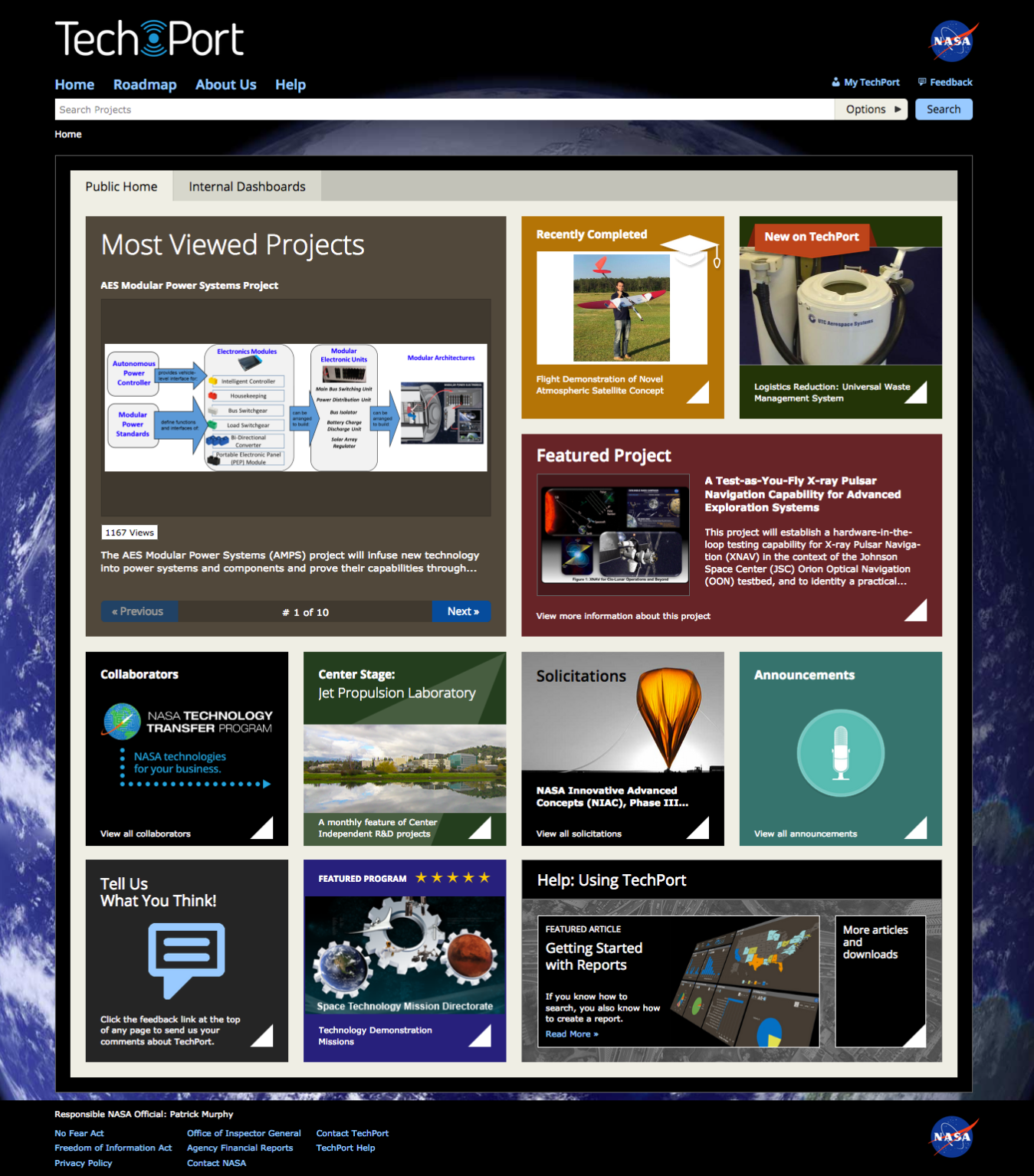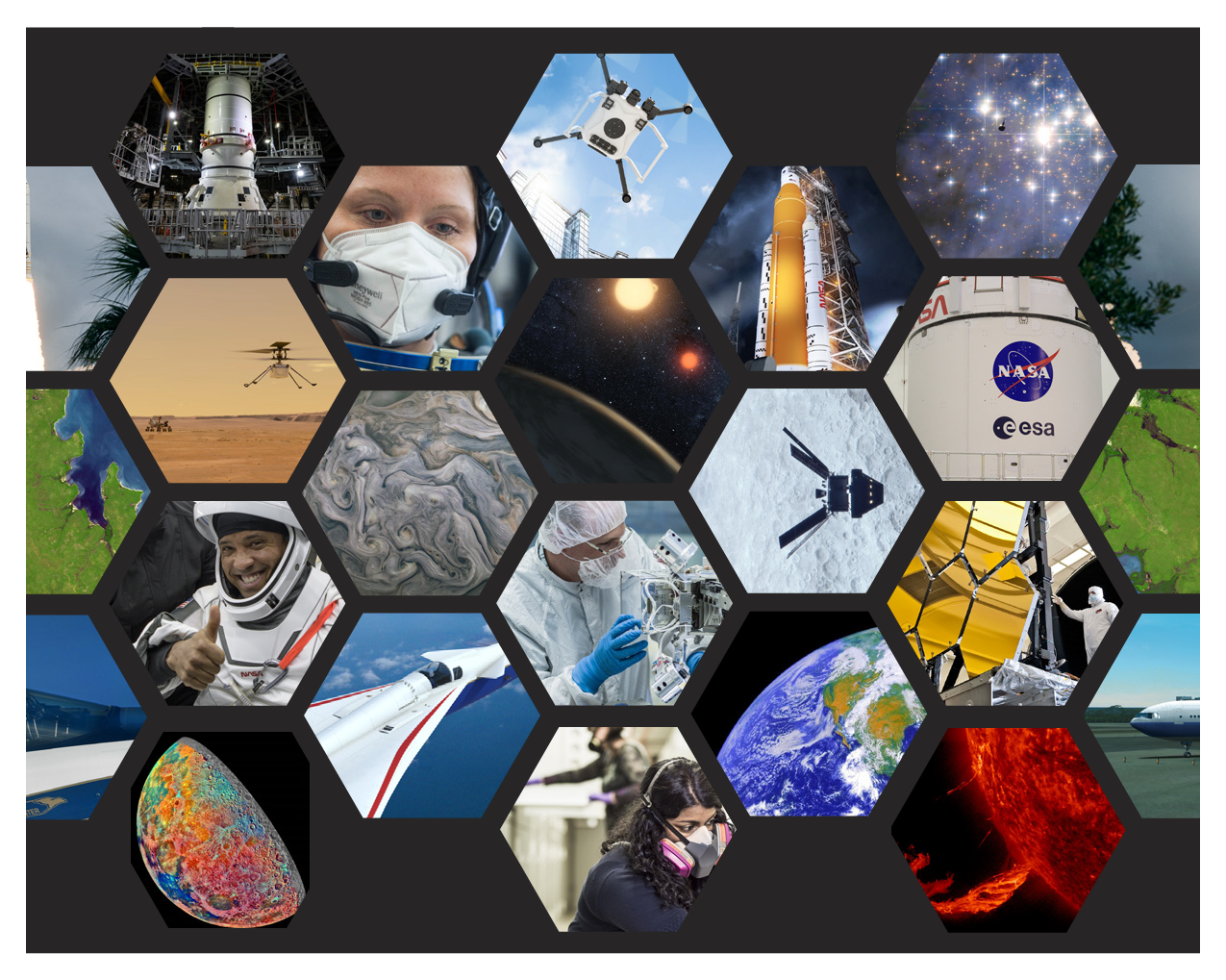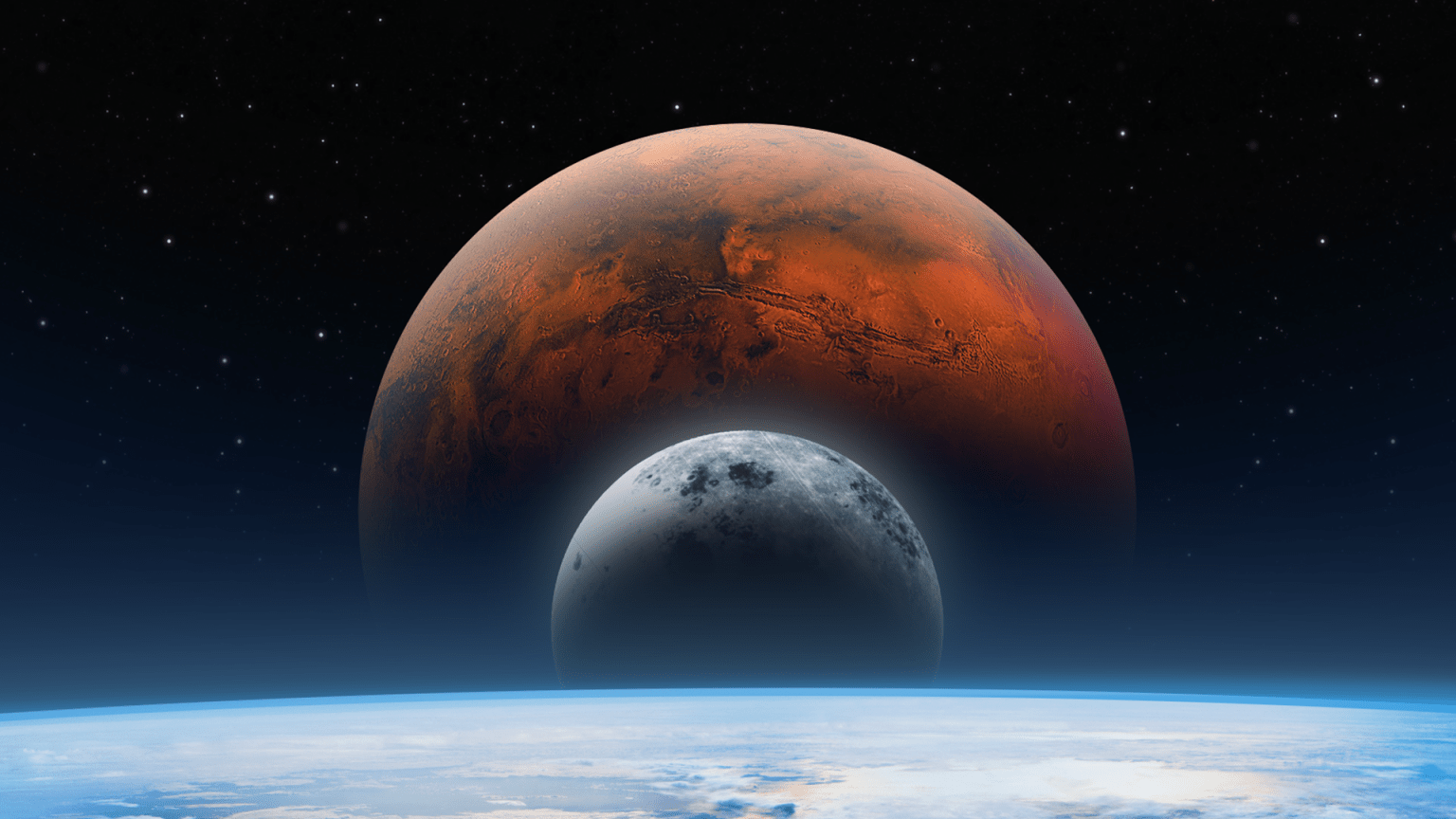
Civil Space Shortfalls
How does NASA prioritize space technology development?
NASA’s Space Technology Mission Directorate (STMD) leads the development, demonstration, and infusion of transformational technologies that enhance NASA’s efforts to explore the unknown in space, benefit life on Earth, and solve critical stakeholder needs.
STMD’s investment strategy informs its portfolio:
- Align with the Administration and the NASA Administrator’s priorities that address the Blueprint Objectives (Artemis)
- Focus on investments that support science priorities identified in the Decadal Surveys
- Foster creation and growth of the space economy through partnering with industry and supporting small business innovation
- Engage NASA’s workforce to deliver innovative solutions to the nation’s toughest technology challenges
- Encourage transformative, cross-cutting technologies that benefit NASA as well as other government agencies
- Empower a broad community of innovators and academia through emphasis on early-stage investments
In spring 2024, STMD kicked off a new collaborative process to better integrate the community’s most pervasive technical challenges to further guide NASA’s space technology development and investments. STMD published a document overviewing 187 shortfalls – technology areas requiring further development to meet future exploration, science, and other mission needs – and asked the aerospace community to rate their importance.
In July, STMD released the 2024 Civil Space Shortfall Ranking document, integrating the input received from NASA mission directorates and centers, small and large industry organizations, other government agencies, academia, and other interested individuals. STMD will use the integrated ranked list and annual updates as one of several investment decision-making factors. The results will also inform the development of technology roadmaps.
Civil Space Shortfall Ranking July 2024
In July, STMD published a document summarizing the 2024 shortfall feedback received and the resulting integrated civil space shortfall ranking as well as the ranked shortfall lists by stakeholder group.
Learn More about Civil Space Shortfall Ranking July 2024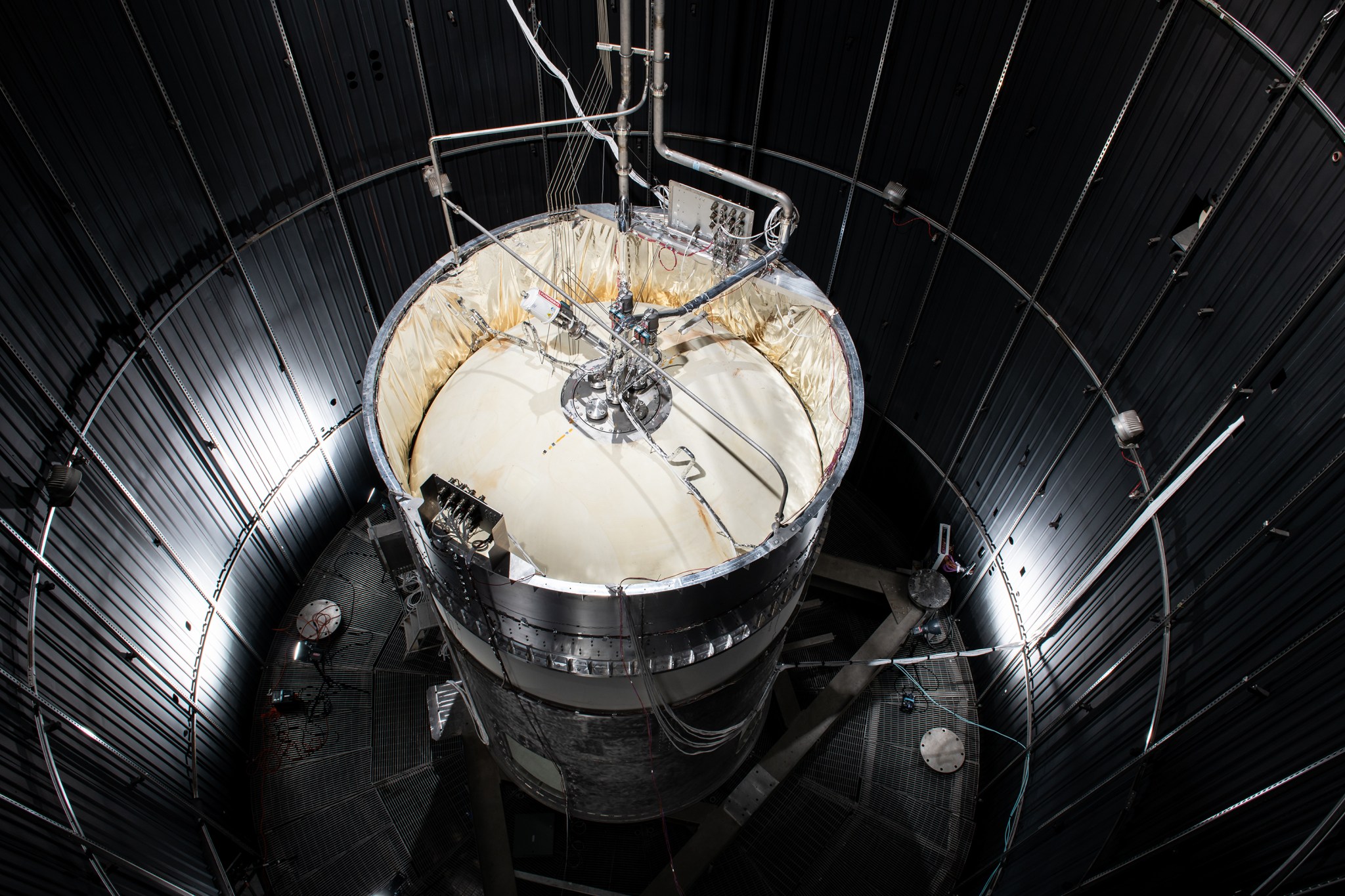
What is a shortfall?
A shortfall is a technology area requiring further development to meet future exploration, science, and other mission needs. The term “gap” is widely used across NASA and the aerospace industry and implies both ends of the problem – the current state of the art and the technology needed – are known. In the case of shortfalls, we may only know where we are today.
How can you submit feedback?
Using lessons learned from the inaugural process in 2024, STMD is refining its approach, feedback opportunity, and timline. When available, information about the next feedback opportunity will be posted here and shared widely.
How does STMD use your feedback?
Learn more about the 2024 shortfall ranking process and view the integrated list and stakeholder group ranked lists here.
STMD will use the inaugural ranked list as one of many factors to guide its technology development projects and investments and hopes the results are a useful tool for the broader community as well.
For more information:
NASA hosted a webinar to overview the shortfall ranking process and results on July 26, 2024, at 2 p.m. EDT. You can view a video recording of this webinar here.
NASA hosted an informational webinar about the inaugural shortfall strategy, process, and feedback opportunity on Wednesday, April 17, 2024, at 4 p.m. EDT. You can view a video recording of this webinar here.
If you have additional questions, contact hq-techport@mail.nasa.gov.
STMD Updates at ASCEND 2024
On August 1, 2024 at the ASCEND conference, STMD leaders provided an overview of the prioritized civil space shortfall list based on stakeholder feedback and previewed the proposed changes to STMD’s organizational structure.
Watch on YouTube about STMD Updates at ASCEND 2024